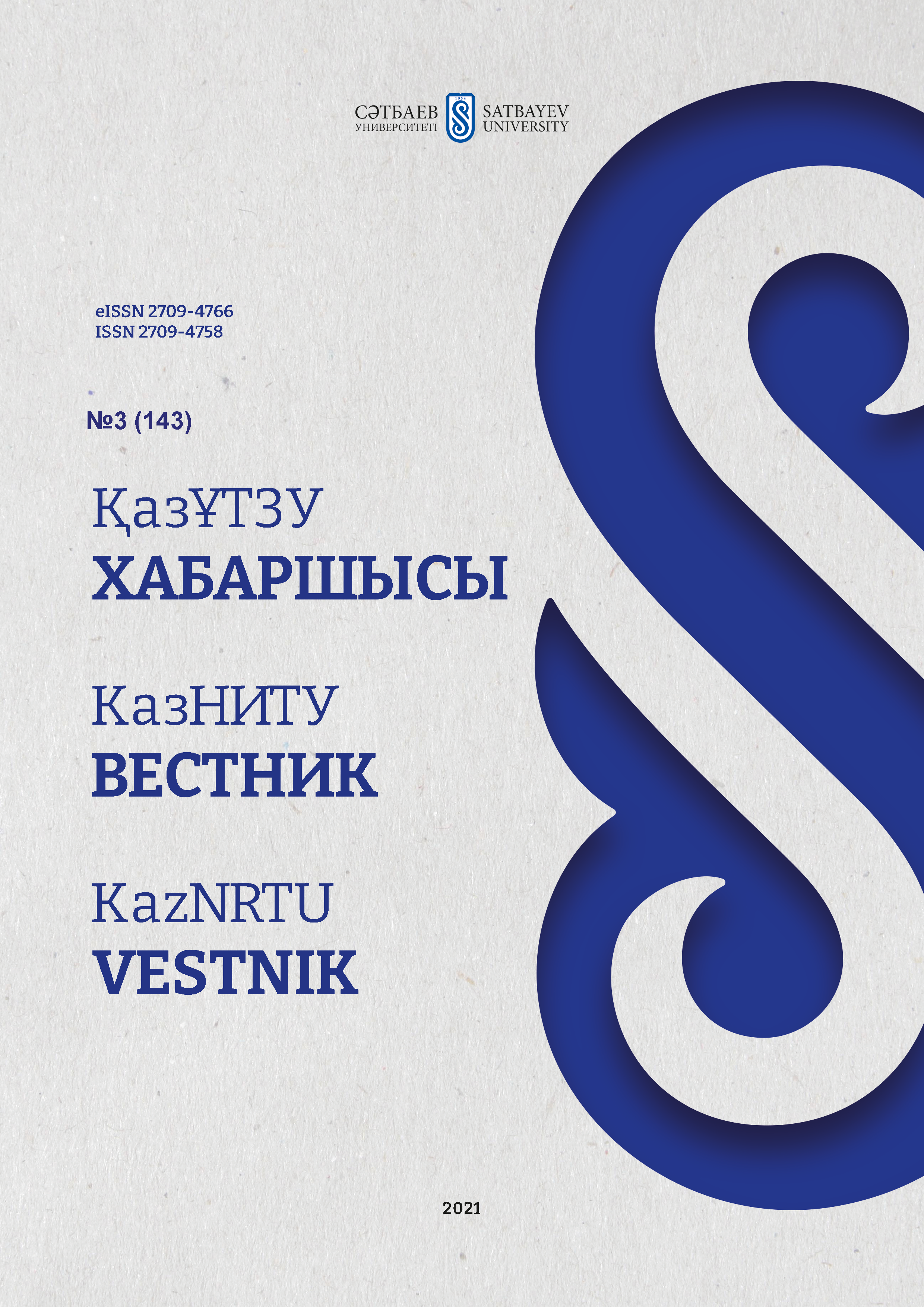Modeling of metal systems Fe-Ti, Ti-Si, Ti-Al
DOI:
https://doi.org/10.51301/vest.su.2021.i3.16Keywords:
diagram, Bjerrum-Guggenheim coefficient, ferrotitane, ferrsilicoaluminium, metal system, reducing agentAbstract
This article presents a mathematical modeling of the metal systems iron-titanium, titanium-silicon, titanium-aluminum. The use of low-percentage ferrotitane, which is not traditional for metal-thermal processes of ferrosilicoaluminium (FSA), as a reducing agent in the smelting process, will lead to some uncertainty about how exactly a complex alloy of Si, Al and Fe will behave during alloying. In contrast to the classical aluminothermy, where the reducing element is aluminum, in the developed technology aluminum works in combination with FSA (Si=50-60%). Since the foreign metal Si is additionally introduced into the metal system (ferrotitane), the question arises as to how it will affect the formation of the alloy in the Fe-Ti-Al system. It is likely that the introduction of Si into the medium can lead to the formation of strong heteropolar bonds in the Fe-Ti-Al triple system. According to the results of the study, from a theoretical point of view, the use of a silicon-aluminum reducing agent (FSA) in the production of low-percentage ferrotitane should not prevent the production of a product that is conditioned by impurities.
Downloads
Published
How to Cite
Issue
Section
License
Copyright (c) 2021 VESTNIK KAZNRTU

This work is licensed under a Creative Commons Attribution-NonCommercial-NoDerivatives 4.0 International License.
<div class="pkpfooter-son">
<a rel="license" href="http://creativecommons.org/licenses/by-nc/4.0/"><img alt="Creative Commons License" style="border-width:0" src="https://i.creativecommons.org/l/by-nc/4.0/80x15.png"></a><br>This work is licensed under a <a rel="license" href="http://creativecommons.org/licenses/by-nc/4.0/">Creative Commons Attribution-NonCommercial 4.0 International License</a>.
</div>





